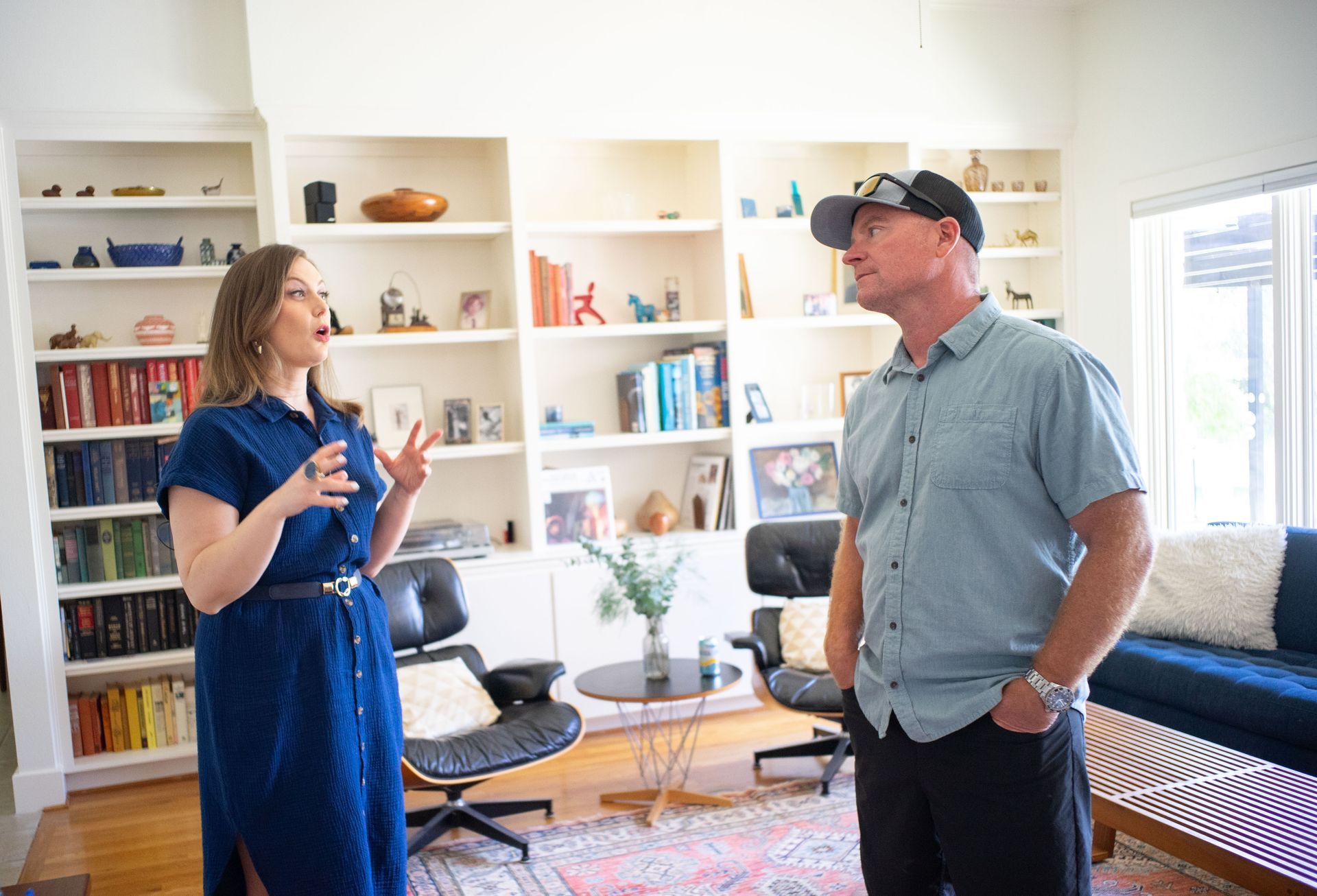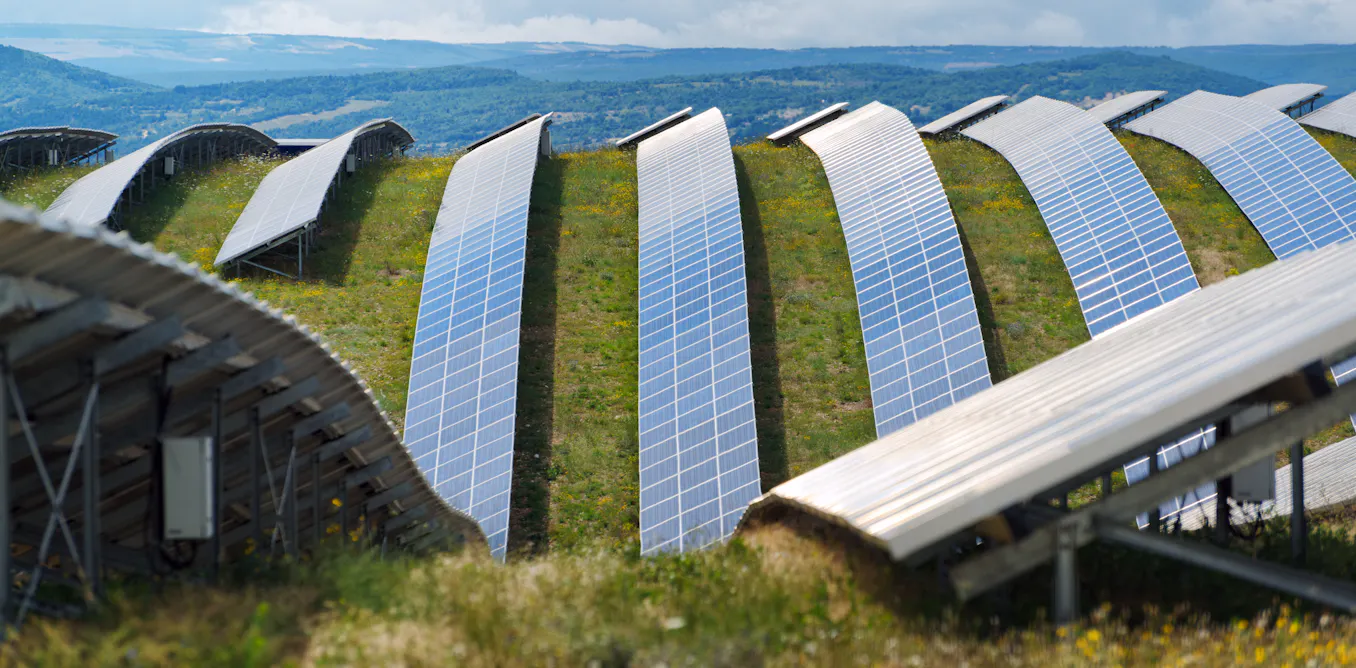5 Things to Consider in Going Solar in Leander
5 Things to Consider in Going Solar in Leander

Photo Credit PEC
The sun shines everywhere, but going solar is a bit different in each place. Here are 5 things to consider when looking to go solar if you live in the City of Leander.
1) Understand Your Needs and Your Site
There are many dimensions to this, but begin with the obvious. Do you have unshaded or partially shaded areas that can support solar power? Do you need to build a structure, or can you use the roof or existing infrastructure? Go through your bills and look at your patterns of energy consumption over a 12-month period. Decide what kind of impact you would want to make on offsetting that energy use.
Are you thinking about resiliency to interruptions in the power supply - do you already have a plan for that? Backup power capabilities can ensure you don’t lose power during an outage. It is important also to consider how much backup power you think you need. Which of your electrical loads would you want to be powered during an outage? Do you want/need your whole home backed up during an outage, or would a partial home backup be more suitable and cost-effective?
If this is new construction or a remodel, consider the choice of electrical systems, HVAC, and appliances to manage your overall level of consumption. Solar becomes less expensive if it is smaller but still accomplishes your goal.
2) Understand the Technology
The basics of converting sunlight into usable power are fairly standard at this point. The choice of the system architecture is still an open design question. Whether you are looking at high-efficiency solar panels, architecturally integrated panels, or more commodity panels may help determine the price class your system can fall under.
The choice of inverter is also very important. Microinverters, string inverters or hybrid inverters are options to solve different types of site constraints or future system capabilities.
Battery-based systems also demand scrutiny. How a system responds to high instantaneous power needs or lasts as long as you intend can influence whether we recommend a DC-coupled, AC-coupled, power stacking, or generator-integrated system.
We recommend carefully considering what you need and evaluating the solutions based on that criteria.
3) Understand how PEC Bills and Credits for Solar
Self-consumed solar energy will offset your electric bill in the same way as net metering. Surplus energy returned to PEC will be credited at 6.9 cents per kWh. If you have batteries they can help lower the amount of electricity sent back to PEC by storing surplus solar energy.
The meter measures the delivered energy from PEC and the received energy from the member to PEC. Members with a solar system will avoid the full-retail cost of energy from PEC by first using their generation before the meter. Energy consumed from PEC’s system will be billed at the Flat Base Power Charge.
- Delivered Energy is the total energy delivered to a member from PEC during the billing cycle.
- Received Energy is the total surplus energy PEC receives during the billing cycle.
4)
Specific Requirements When Working in the City of Leander
Due to their adoption of the 2015 International Fire Code, Leander has some specific requirements regarding the placement of the solar panels. A clear pathway, usually around 3 feet wide, is required in areas around the solar array to ensure firefighter access and safety during an emergency. This affects the design of your system and the amount of solar panels that can fit on your roof.
5) Think About the Future
Your future energy needs—Consider whether your energy use will increase over time, such as adding an electric vehicle, home office, or additional home appliances. Install a slightly larger system or ensure you can increase the size at a later date to help meet these potential needs.
Battery storage compatibility - If you choose not to add storage right away, ensure your system is compatible with battery solutions that you may want to add in the future.
Maintenance and warranty considerations - check the warranties on all the major components of your system - solar panels, inverters, batteries. Many components now come with a 25 year warranty. Perhaps most importantly, check the workmanship warranty of your installer. Have they been in business for a long time? Do they have a good reputation and good reviews. Do they have a service department?
Resale value and home appreciation—According to a Zillow study, solar panels will increase the value of your home by about 4%. Ensuring the system looks integrated with your home, and is easy to transfer and manage can appeal to future buyers.











